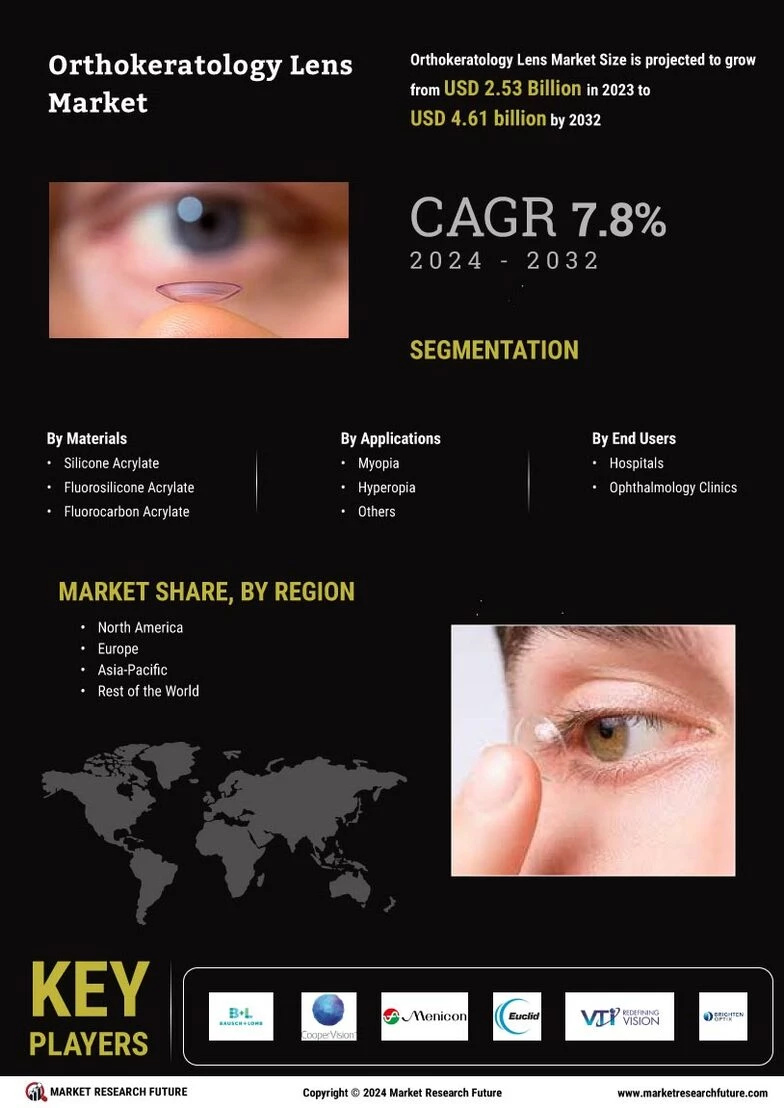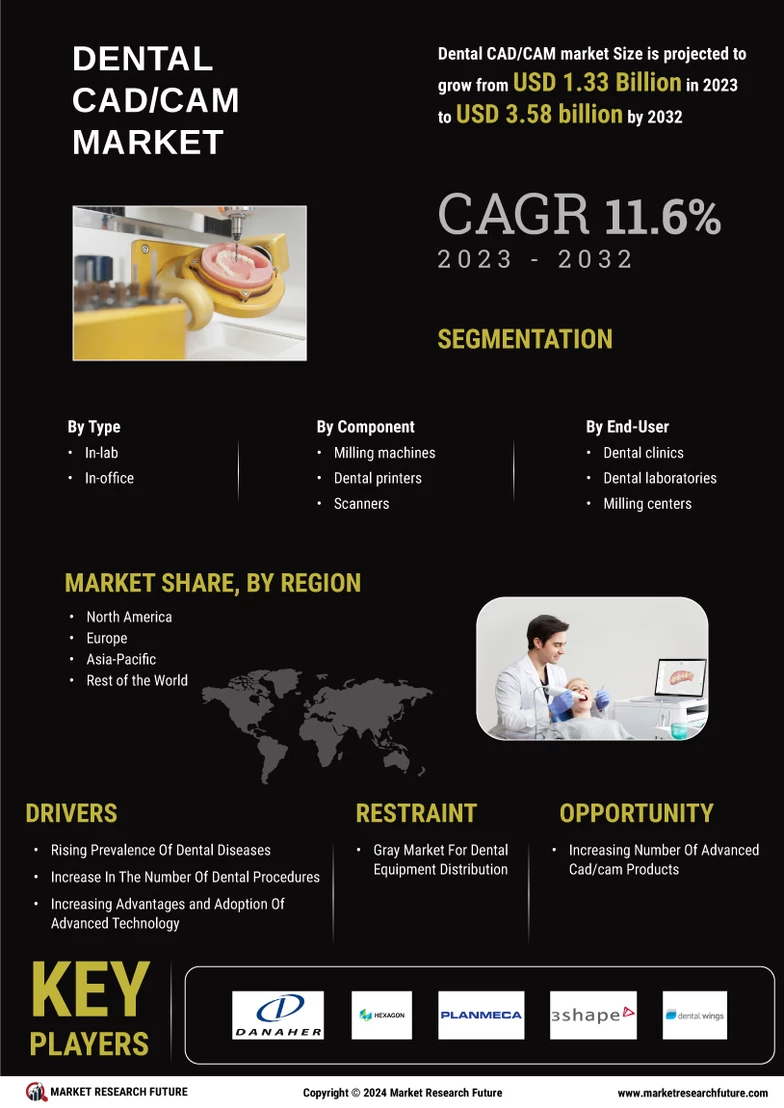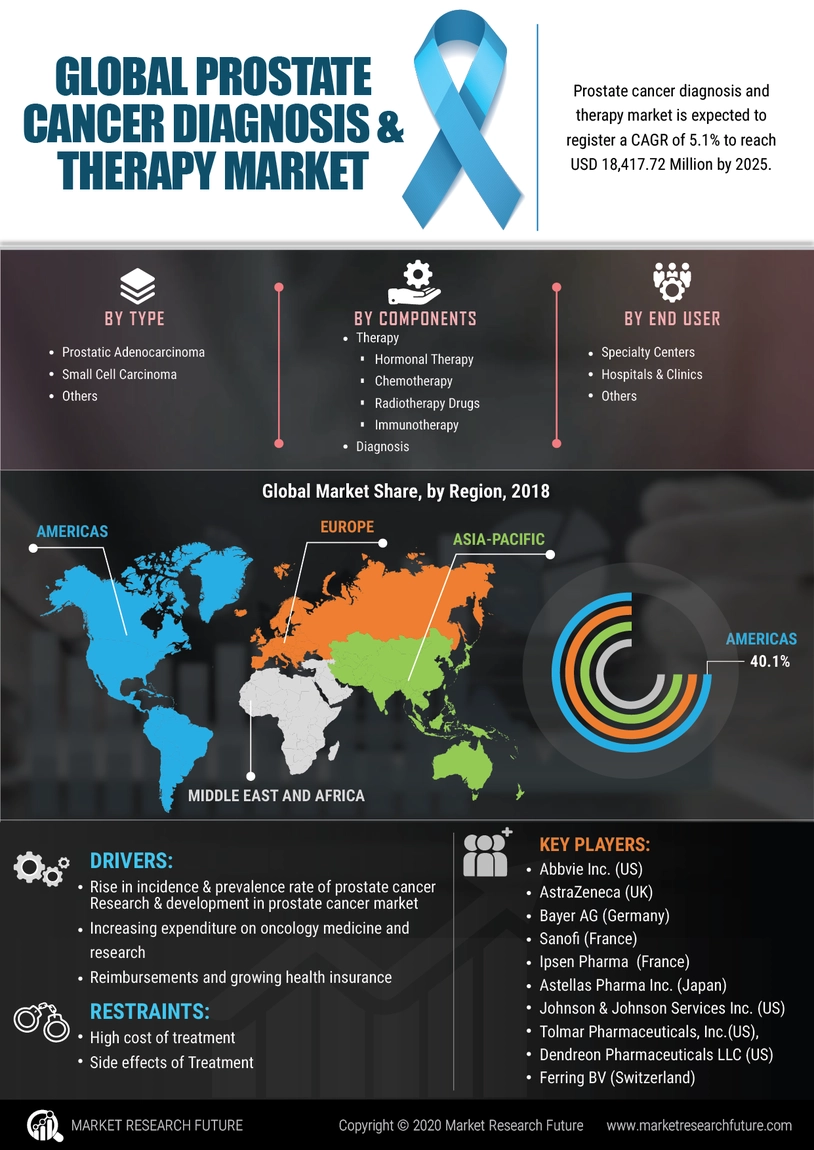Innovative Trends in the Laryngoscope Market: Comprehensive Analysis
The Laryngoscope Market has witnessed remarkable transformations over recent years, driven by advances in technology and rising adoption in surgical and emergency care procedures. With the increasing prevalence of respiratory conditions and surgical interventions requiring precise visualization of the airway, healthcare providers are shifting towards innovative laryngoscope solutions. Modern devices focus on enhanced ergonomics, better illumination, and integration with video technologies, ensuring improved patient safety and operational efficiency. For a detailed Laryngoscope Market analysis
, key trends, and competitive landscape, this report provides comprehensive insights that guide strategic planning and investment decisions in this expanding sector.
Geographically, the market spans North America, Europe, Asia-Pacific, and emerging regions where hospitals and ambulatory care centers increasingly adopt advanced laryngoscopy systems. Manufacturers are focusing on product differentiation through cost-effective, portable, and technologically enhanced devices to capture diverse healthcare settings. Strategic collaborations and innovations are shaping competitive dynamics, allowing stakeholders to meet evolving demands efficiently. The market is expected to witness continued adoption of video laryngoscopes and disposable models, reflecting a shift towards patient-centric, minimally invasive care solutions.
Get Full Reports:
https://www.marketresearchfuture.com/reports/laryngoscope-market-33181
The Laryngoscope Market is driven by increasing clinical demand for efficient and safe airway management devices. Hospitals, emergency centers, and ambulatory surgical units are seeking advanced video laryngoscopes and disposable solutions. Comprehensive Laryngoscope Market Demands
insights provide an overview of consumer requirements, preferences, and adoption patterns, guiding manufacturers to align production with market needs.
Rising patient safety concerns and preference for minimally invasive procedures contribute to higher demand. Manufacturers are focusing on product reliability, user-friendliness, and technological integration to meet clinical expectations. Understanding market demands ensures stakeholders can innovate effectively, enhance adoption, and maintain competitiveness in the evolving healthcare landscape.
FAQs:
Q1. What are the major types of laryngoscopes available?
A1. Conventional, video-assisted, and disposable laryngoscopes cater to different clinical needs.
Q2. Which regions are leading in laryngoscope adoption?
A2. North America and Europe lead, with Asia-Pacific rapidly growing due to improved healthcare infrastructure.
Q3. How is technology impacting laryngoscope performance?
A3. High-definition cameras, LED illumination, and ergonomic designs enhance visualization, accuracy, and procedural efficiency.
Innovative Trends in the Laryngoscope Market: Comprehensive Analysis
The Laryngoscope Market has witnessed remarkable transformations over recent years, driven by advances in technology and rising adoption in surgical and emergency care procedures. With the increasing prevalence of respiratory conditions and surgical interventions requiring precise visualization of the airway, healthcare providers are shifting towards innovative laryngoscope solutions. Modern devices focus on enhanced ergonomics, better illumination, and integration with video technologies, ensuring improved patient safety and operational efficiency. For a detailed Laryngoscope Market analysis
, key trends, and competitive landscape, this report provides comprehensive insights that guide strategic planning and investment decisions in this expanding sector.
Geographically, the market spans North America, Europe, Asia-Pacific, and emerging regions where hospitals and ambulatory care centers increasingly adopt advanced laryngoscopy systems. Manufacturers are focusing on product differentiation through cost-effective, portable, and technologically enhanced devices to capture diverse healthcare settings. Strategic collaborations and innovations are shaping competitive dynamics, allowing stakeholders to meet evolving demands efficiently. The market is expected to witness continued adoption of video laryngoscopes and disposable models, reflecting a shift towards patient-centric, minimally invasive care solutions.
Get Full Reports:https://www.marketresearchfuture.com/reports/laryngoscope-market-33181
The Laryngoscope Market is driven by increasing clinical demand for efficient and safe airway management devices. Hospitals, emergency centers, and ambulatory surgical units are seeking advanced video laryngoscopes and disposable solutions. Comprehensive Laryngoscope Market Demands
insights provide an overview of consumer requirements, preferences, and adoption patterns, guiding manufacturers to align production with market needs.
Rising patient safety concerns and preference for minimally invasive procedures contribute to higher demand. Manufacturers are focusing on product reliability, user-friendliness, and technological integration to meet clinical expectations. Understanding market demands ensures stakeholders can innovate effectively, enhance adoption, and maintain competitiveness in the evolving healthcare landscape.
FAQs:
Q1. What are the major types of laryngoscopes available?
A1. Conventional, video-assisted, and disposable laryngoscopes cater to different clinical needs.
Q2. Which regions are leading in laryngoscope adoption?
A2. North America and Europe lead, with Asia-Pacific rapidly growing due to improved healthcare infrastructure.
Q3. How is technology impacting laryngoscope performance?
A3. High-definition cameras, LED illumination, and ergonomic designs enhance visualization, accuracy, and procedural efficiency.




